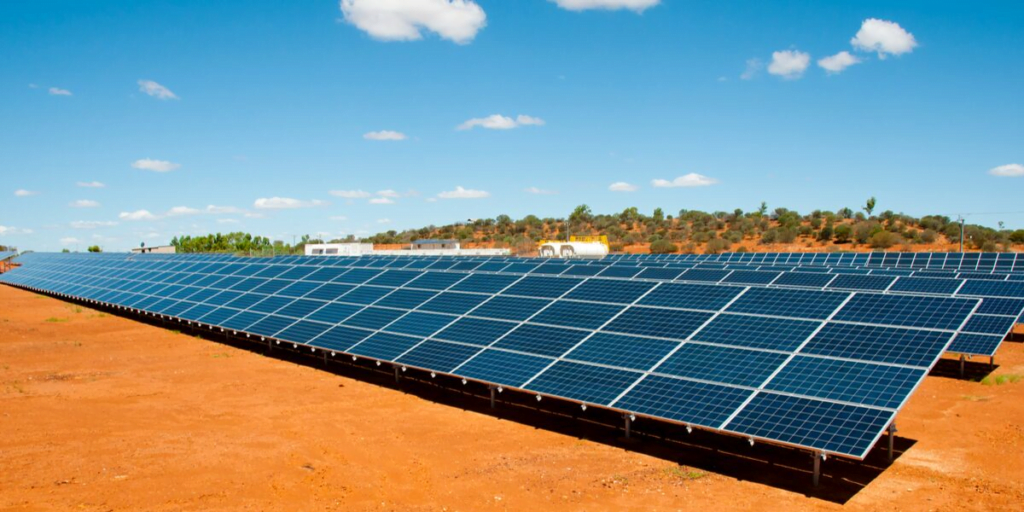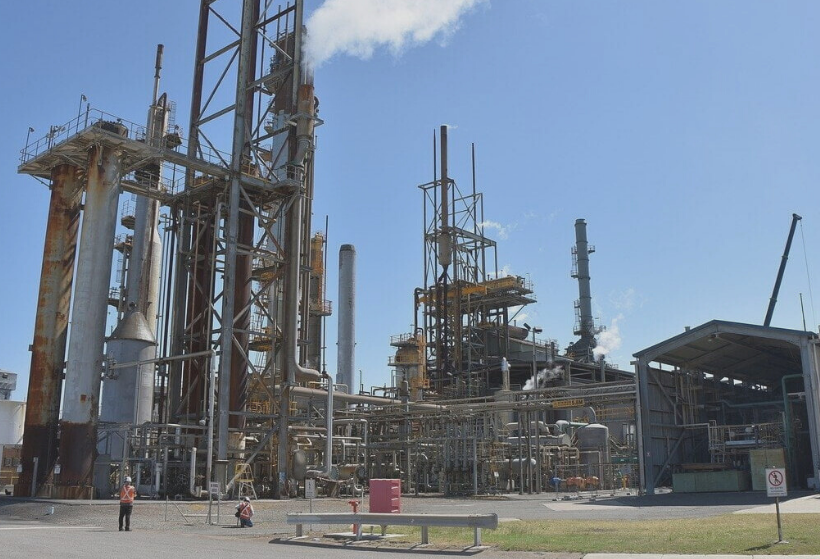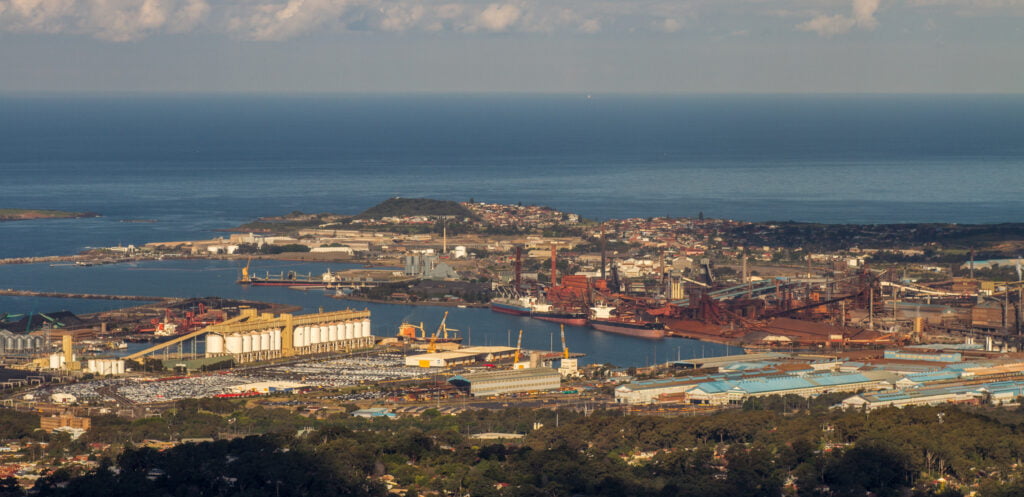Energy experts and industry leaders are divided on a Federal Government proposal for a $600 million 660 megawatt gas power station at Kurri Kurri in the New South Wales Hunter Valley region.
Federal Energy Minister Angus Taylor has long maintained the position that Australia needs more gas generation to fill gaps in supply when solar and wind power are weak.
The plant will be built and managed by Snowy Hydro.
The proposed plant’s environmental impact assessment states that the gas/diesel generator will run for 150 hours a year.
International Energy Agency urges the world to cease investment in fossil fuels
The announcement came on the same day that the International Energy Agency said the world should add “no new oil and gas fields … and no new coal mines or mine extensions if it is to achieve net zero emissions by 2050 in the energy sector.”
The IEA said fossil fuel subsidies need to be phased out, while the benefits of a price signal on carbon is a key opportunity.
Post 2030, technology breakthroughs might allow advanced batteries, hydrogen (particularly via heavy industry demand precincts), bioenergy, CCS and/or direct air capture and storage to each play a role in reaching zero emissions.
The IEA said Two-thirds of total energy use globally is forecast to come from renewable energy by 2050 – wind, solar, hydro, bioenergy and geothermal.
The IEA’s net Zero by 2050 energy sector roadmap states that by 2050 globally:
- Unabated coal use plunges 90% to just 1% of total energy
- Fossil gas demand declines by 55%
- Oil slumps 75%
- Solar to increase 20-fold
The Federal Government’s reasoning for commissioning the new gas power station is to replace capacity which will drop off the grid when Liddell and other coal-fired power stations shut down in the near future.
In present circumstances, the electricity grid is flooded with cheap renewables during the day, but when the sun goes down or the wind is not blowing, electricity has to come from somewhere.
Battery storage is charging ahead in volume and is the most efficient way to plug those gaps, but it is still a developing technology and resource.
Mr Taylor believes that gas is the answer, as does aluminium smelter Tomago CEO Matt Howell.
Tomago’s energy contract with supplier AGL stipulates that the retailer can ask them to cut output when wholesale electricity prices spike to the maximum allowed $15,000 per hour.
Tomago suffered three forced outages in the space of a week as a result of prices that were driven up by short supply and strong demand.
Mr Howell also points out that at times, up to 96 percent of New South Wales’ electricity supply is supplied by black coal plants.
Renewables reduce the need for extra NSW capacity – AEMO

A number of energy experts disagree with his assessment, pointing out that the Australian Energy Market Operator stated that there will be a much smaller need for additional capacity in NSW when AGL closes its Liddell generator in 2023.
AEMO states that the tide of utility grade solar, rooftop solar, wind and battery storage means that less capacity will be needed.
In addition to renewable energy coming on stream, EnergyAustralia is building a new 316 MW gasturbine in Tallawarra and making a 30MW upgrade to its Mount Piper coal generator near Lithgow.
The Federal Government says that the closure of Liddell in 2023, will leave a 1000 MW gap in generation capacity.
The Australian Energy Market Operator has stated previously that between 153MW and 215MW would be needed, but Mr Taylor said that would only deal with reliability issues, and would not put downward pressure on prices.
He said that without the Snowy Kurri Kurri gas power station, prices risked rising 30 per cent by 2024, exceeding $100 per megawatt hour by the end of the decade.
Both Kurri Kurri and Tallawarra power stations will be designed so they can run on hydrogen if and when that fuel can be produced commercially. Snowy’s Kurri Kurri is scheduled to be operational by the summer of 2023-24.
No interest from the private sector to build gas power station

The Federal Government announced the plan long before its deadline for the private sector to outline investment of April 2021, which did not attract any interest.
Private power suppliers have objected to the plan, saying the government investment distorts the market.
Energy Council head Heather Macnamar said that the government’s own energy advisers on the Energy Security Board clearly stated that discussions and threats of intervention, let alone full blown intervention such as this, act as a deterrent to investment.
The Grattan Institute’s Energy Director Tony Wood also said that he did not share the government’s opinion on what was needed to plug the gap left by Liddell, saying that outdated data was used.
Squadron Energy still interested in Port Kembla Green Hydrogen plant

Meanwhile, Dr Forrest’s Squadron Energy has been buoyed by a $30 million budget grant for its proposed gas/green hydrogen plant in Port Kembla.
Squadron said the news about Kurri Kurri meant that it would need to re-examine its modelling, but the combination of location, high efficiency and the ability to quickly transition to a dual fuel solution in an industrial port location means it still could be an attractive investment opportunity.
The Port Kembla project, which is targeting a go-ahead next year, would run about 40 percent of the time rather than 2 percent for the Hunter project.
As an energy management consultancy, Leading Edge Energy makes it a point to stay updated with the latest news from Australia’s energy sector so we can continue giving our clients advice on how to reduce their businesses’ energy spend. Read our blog and news section to stay in-the-know.
Call us today on 1300 852 770 to learn about our energy cost-reduction services or sign up here for a free quote.
We source, analyse, compare and rank commercial, industrial and multisite energy quotes. Obligation Free.
Chat with one of our experienced consultants today and get the insights your business needs to help manage the risks associated with volatile electricity and natural gas markets. Our energy procurement service is obligation-free and provides a time-saving way of securing lower energy rates from our panel of energy retailers.















